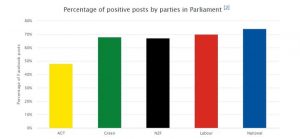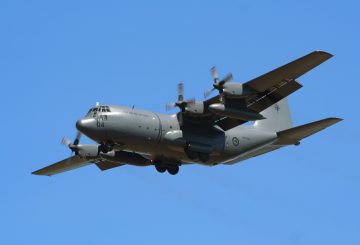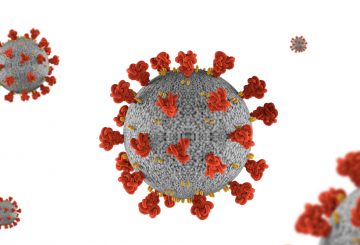While New Zealanders can be assured they are not being bombarded with “fake news”, there is evidence of misleading behaviour from some political parties, researchers say.
Victoria University researchers Dr Mona Krewel and Professor Jack Vowles have been leading a team of coders examining the use of social media by political parties during the election campaign, and have already analysed well over 1000 Facebook posts placed by the parties and leaders over a two-week period.
Dr Krewel says the parties that are already in Parliament have not been sharing fake news, but some have been sharing posts with “half truths”.
“We actually had a very conservative approach when we coded that so our research probably underestimates rather than overestimates what is there on fake news and half truths because we didn’t want to accuse the parties for just the usual different positions within political communication.”
“For the parties in Parliament it looks really good, so we nearly have no fake news for the parties in Parliament. We have some half truths for them, so for example ACT has even 9 percent of half truths in their Facebook posts.”

“To give an example fo half truths, we have seen a post by National that was saying that they had a poll where they were leading 43 percent over 39 Labour for New Zealanders trusting the parties and who can recover the economy … but the graph they were posting that was coming with that actually kind of showed that the bar for Labour was just half as high as the one for National.”
She said some of the parties outside Parliament – Advance NZ and the New Conservatives – seemed to be spreading more half truths, and were also spreading some fake news.
Advance NZ was the worst offender with 31 percent of its Facebook posts considered half-truths and 6 percent entirely fake.

The research is also measuring positive versus negative campaigning. Individual posts can be both positive – meaning it had supportive, encouraging, affirmative, beneficial or assertive in nature – and negative, meaning they are aimed at criticising a political opponent.
“Most parties are very positive, most parties are running on a positive messaging rather than a negative messaging. We see ACT is sticking out – half of their posts are actually negative,” Dr Krewel said.
Labour, which at the last election billed itself as “relentlessly positive” and whose leader Jacinda Ardern has insisted she will not run a negative campaign, appears to be largely living up to that. Labour had the fewest posts attacking other parties.
Interestingly however, the National Party had a slightly higher percentage of posts with a positive sentiment.
































































